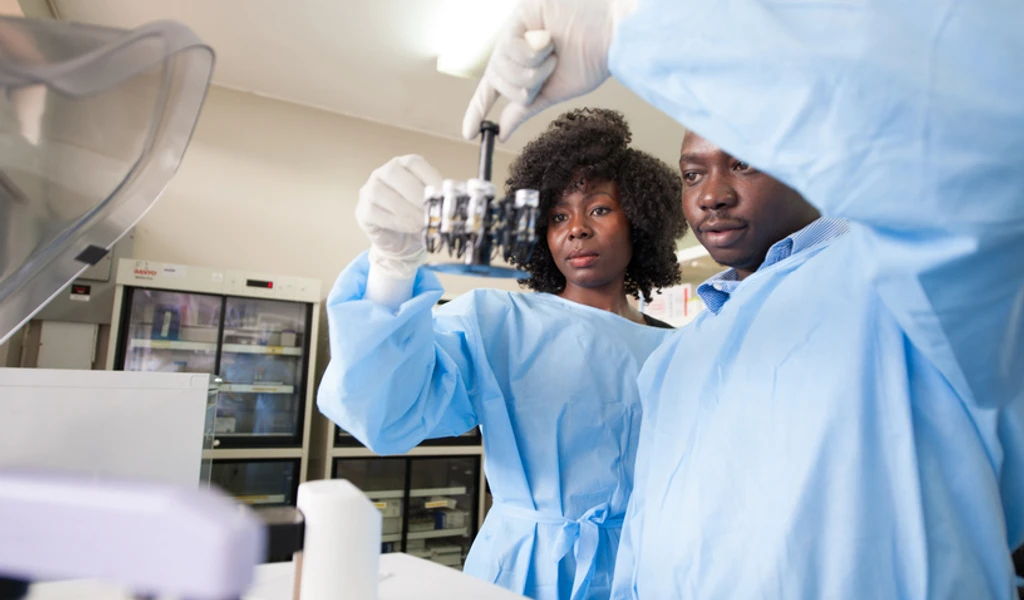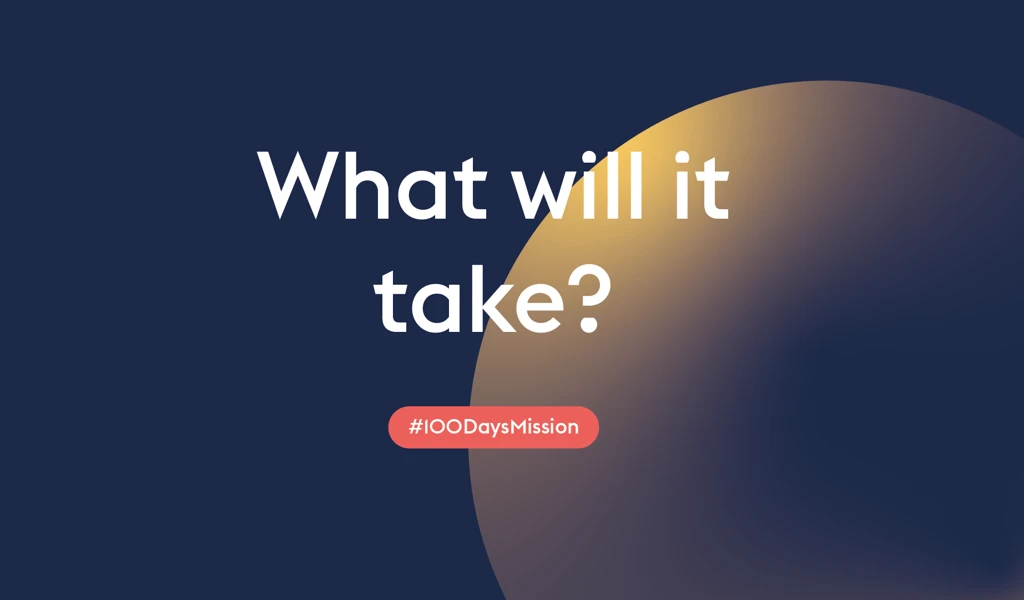Disease X
We don’t know when or where the next Disease X will strike, only that it will. CEPI is advancing global R&D efforts so the world is better prepared to tackle a Disease X, within 100 days of its identification.

What is Disease X?
Disease X represents the knowledge that a serious epidemic or pandemic could be caused by a novel or as-of-yet unidentified pathogen.
In February 2018, Disease X was included in the WHO R&D Blueprint list of priority diseases. COVID-19 represented the first Disease X since the term was coined in 2018 and it resulted in a humanitarian and economic global crisis.
The number of new emerging infectious diseases is on the rise, and as the COVID-19 pandemic demonstrated, infectious diseases do not respect borders so we need to be prepared on a global scale to respond to future outbreaks.
Can we predict the next Disease X?
By its very nature, we cannot predict what Disease X will be or where it is likely to occur. However, we can narrow our focus.
We know that the viruses that put humanity at greatest risk come from 25 or so virus families. Armed with knowledge about these viral families, combining our global resources, and harnessing the latest advances in vaccine science, the world can better prepare for the next Disease X.
Recent advances in artificial intelligence (AI), for example, have made it possible to quickly and effectively model viral mutations and derive vaccine targets based on these predictions.
To accelerate the application of these AI tools for epidemic and pandemic preparedness, CEPI has established a number of partnerships to estimate the ability of a novel viral variant to escape immunity, rank viral families according to epidemic or pandemic risk, and generate state-of-the-art immunogen designs to speed up development of future vaccines against novel viral threats.
In August 2024, CEPI and WHO emphasized the importance of expanding research to encompass entire families of pathogens that can infect humans as well as focusing on individual pathogens. Pushing forward a broader-based approach can help enhance the world's preparedness for a future Disease X.

Preparing for Disease X
The threat of Disease X has been at the top of CEPI’s priority list since its formation in 2017. It was this focus that enabled CEPI to respond so quickly to COVID-19.
CEPI had previously invested in rapid-response platform technologies capable of producing vaccines against unknown pathogens, and it had also identified coronaviruses as serious pathogenic threats. It was able to quickly pivot these projects to address the emergence of SARS-CoV-2, the virus that causes COVID-19, announcing its first vaccine development partnerships in January 2020 when only a few hundred cases of the novel virus had been confirmed.
A vaccine against COVID-19 started being rolled out after just 326 days, but to prevent future outbreaks from realising their pandemic potential, the world needs to up the pace in the race against new and re-emerging viruses.

If it took just 100 days to make a safe and effective vaccine against any viral pandemic threat, we could contain outbreaks before they spiral out of control. This goal is known as the 100 Days Mission. Achieving this goal is what it will take to stop the next Disease X.
To help the world quickly respond to Disease X, CEPI continues to fund the development of promising vaccine platform technologies – from molecular-clamp technology to self-amplifying RNA platforms - to help the world rapidly manufacture vaccines against many different types of disease and stop outbreaks of pathogenic threats.
We are also evaluating the development of new approaches using rapid-response vaccine platforms for our priority pathogen targets, and building ‘vaccine libraries’ for some of the most threatening viral families. These repositories of knowledge and capabilities to advance vaccine research, development and manufacturing are designed to give the world a head start against newly-emerging viral threats.

Disease X news

CEPI and WHO urge broader research strategy for countries to prepare for the next pandemic

DISEASE X - What it is, and what it is not

Beating the Next Disease X

What will it take? Global coalition outlines how to beat the next Disease X pandemic in 100 days

